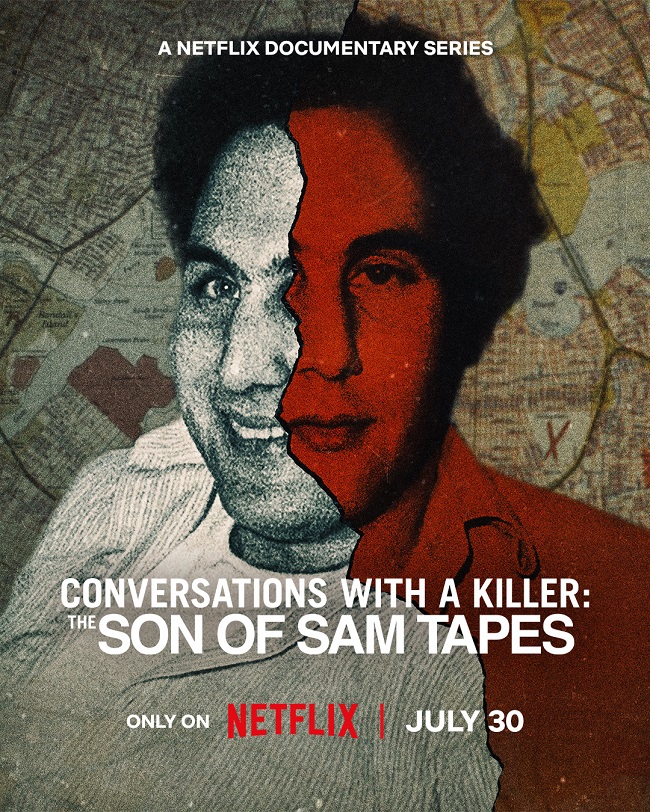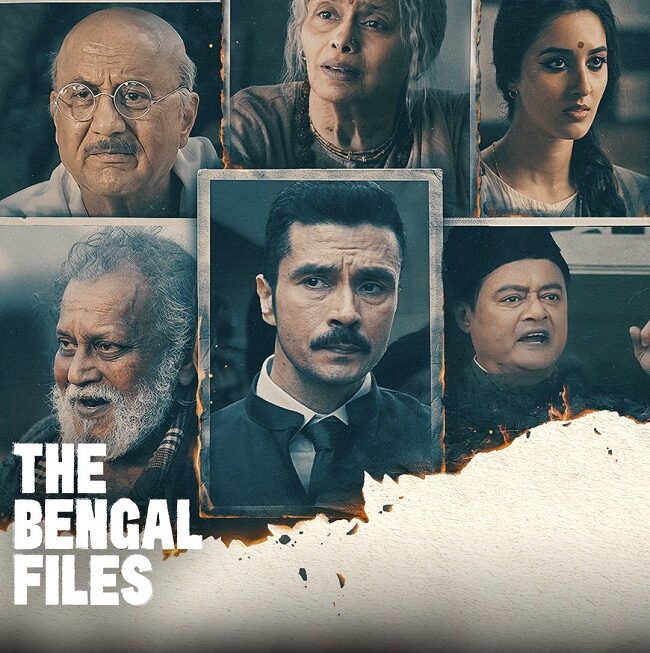
Netflix’s Conversations with a Killer: The Son of Sam Tapes, released on July 30, 2025, is a chilling addition to the acclaimed true-crime anthology series directed by Emmy-winning filmmaker Joe Berlinger. This three-part documentary delves into the terror inflicted by David Berkowitz, the infamous “Son of Sam,” whose 1976–1977 killing spree left New York City gripped by fear. Through a blend of newly unearthed prison interviews, survivor testimonies, and expert analysis, the series offers a fresh perspective on a case that shaped the modern true-crime genre. Here’s a detailed review of this gripping exploration, crafted with 100% unique content.
A City Under Siege
The series opens with a vivid portrayal of 1970s New York, a city already buckling under economic strain, rising crime, and social unrest. Against this backdrop, Berkowitz’s random shootings—targeting young couples and women with a .44 caliber Bulldog revolver—ignited a media frenzy and public panic. The documentary masterfully captures this atmosphere, using archival footage and firsthand accounts to immerse viewers in the chaos. From discotheques to quiet residential streets, no place felt safe, and the series conveys the palpable dread that permeated the city.What sets The Son of Sam Tapes apart is its focus on context. Berlinger doesn’t just recount the crimes; he examines how they intersected with a city on edge, where media sensationalism and political pressure amplified the terror. The series highlights the role of figures like columnist Jimmy Breslin, who received taunting letters from Berkowitz, turning the killer into a perverse celebrity. This exploration of media manipulation adds a layer of depth, showing how Berkowitz’s cryptic notes fueled a cultural phenomenon.
Unsettling Insights from the Tapes
The heart of the series lies in the previously unheard 1980 prison interviews between Berkowitz and journalist Jack Jones, conducted at Attica Correctional Facility. These recordings offer a rare glimpse into the mind of a man who claimed a demon-possessed dog named Sam commanded him to kill—a story he later partially recanted. The tapes reveal Berkowitz as a complex figure: articulate yet disturbed, calculating yet seemingly remorseful. His anecdotes, like helping a stranded couple instead of killing them because they were polite, underscore his craving for connection and control, making him both more human and more unsettling.
However, the series wisely avoids sensationalizing Berkowitz’s narrative. It balances his voice with perspectives from detectives, journalists, and survivors, ensuring the victims’ stories remain central. The emotional weight of interviews with those affected—like survivors Jody Valenti and Robert Violante, who was left legally blind—grounds the series in the human cost of Berkowitz’s actions. These accounts are raw and poignant, reminding viewers of the lives forever altered by a single man’s violence.
Strengths and Standout Moments
Berlinger’s direction shines in its pacing and structure. Each episode builds tension, mirroring the escalating manhunt that culminated in Berkowitz’s 1977 arrest. The series excels at weaving together disparate threads: the psychological profile of a lonely, adopted man grappling with identity; the NYPD’s Operation Omega, a desperate task force sifting through thousands of suspects; and the societal impact of a killer who seemed to strike at random. The use of grainy archival footage and haunting reenactments enhances the era’s gritty feel, while the tapes themselves are sparingly used for maximum impact.
One standout moment is the exploration of Berkowitz’s media manipulation. His letters, filled with occult references and taunts, were a deliberate performance, and the series dissects how this shaped public perception. Berlinger also touches on the “Son of Sam laws” enacted to prevent criminals from profiting off their notoriety, a legacy of Berkowitz’s case that resonates today. These broader implications elevate the documentary beyond a mere retelling, offering insights into the birth of true-crime fascination.
Where It Falls Short
WhileThe Son of Sam Tapes is compelling, it’s not without flaws. True-crime aficionados may find little new information, as the case has been extensively covered. The series occasionally leans heavily on familiar tropes—dramatic music, shadowy reenactments—that feel redundant in a genre saturated with similar content. Additionally, the psychological analysis of Berkowitz, while intriguing, sometimes feels incomplete. His later claims of involvement with a satanic cult are mentioned but not deeply explored, leaving viewers curious about the validity of these assertions versus his initial demonic dog narrative.
The series also sidesteps the controversial theories of journalist Maury Terry, who argued Berkowitz had accomplices tied to a cult. While this restraint avoids diving into unproven conspiracies, it might disappoint viewers expecting a deeper investigation into these alternate angles. A bit more clarity on why these theories persist could have added nuance without derailing the narrative.
Why It’s Worth Watching
Despite minor shortcomings, Conversations with a Killer: The Son of Sam Tapes is a must-watch for true-crime enthusiasts and newcomers alike. Its strength lies in its ability to humanize both the victims and the killer without glorifying the latter. The series respects the gravity of the crimes while probing the psyche of a man who became a symbol of urban fear. Berlinger’s knack for storytelling ensures the documentary is as engaging as it is unsettling, making it a worthy addition to the Conversations with a Killer series.For those fascinated by the intersection of crime, media, and society, this documentary offers a thought-provoking look at a pivotal moment in American history. It’s a reminder of how one individual’s actions can ripple through a city, reshaping laws, media practices, and collective psyche. Available now on Netflix, The Son of Sam Tapes is a gripping, three-hour journey into a dark chapter that still echoes today.
Rating: 8/10
Stream it on Netflix for a sobering reflection on a killer who defined an era—and the city that survived him.



